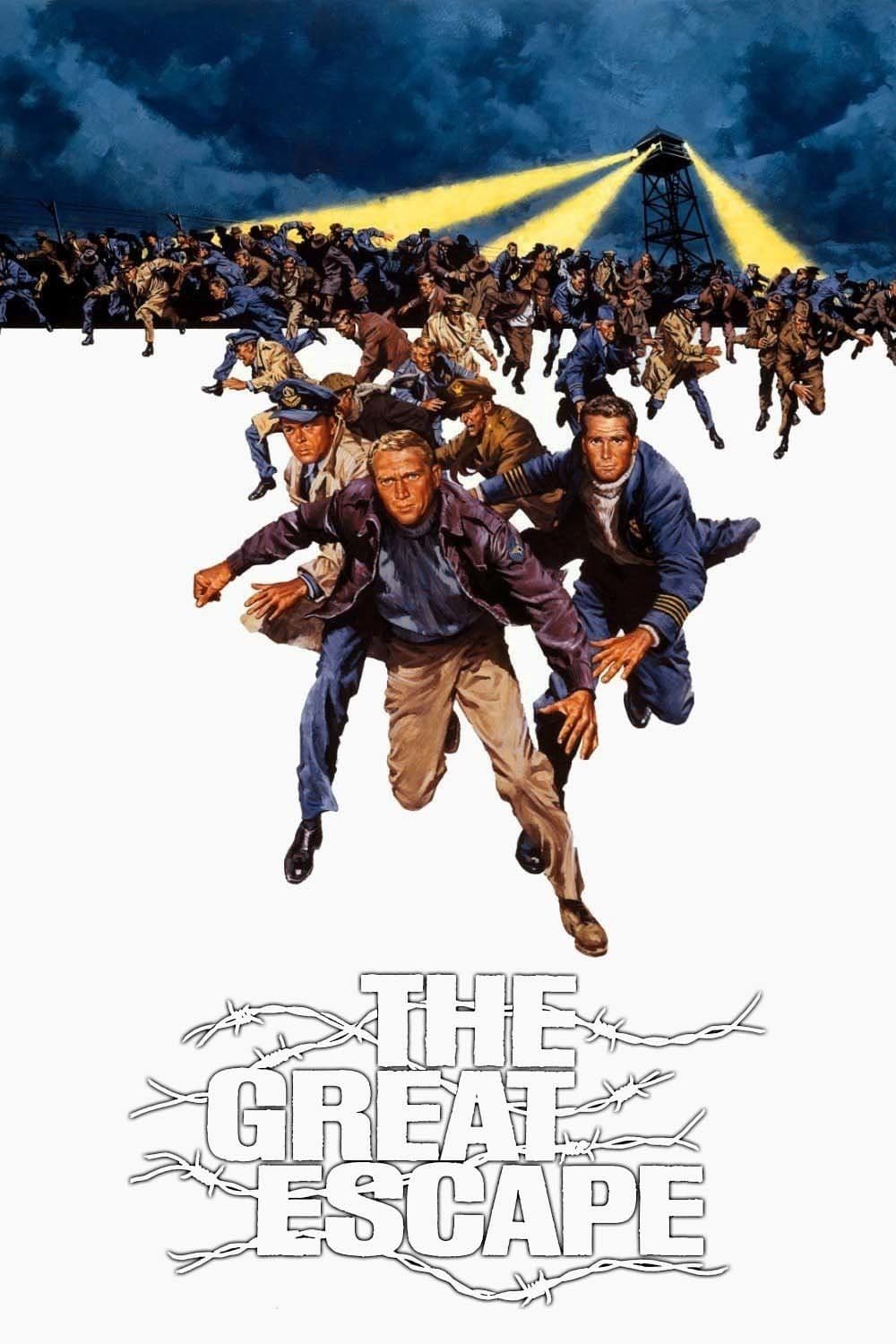
The Great Escape
1963
Rate this movie
Average: 0.00 / 5
(0 votes)
Director
When Sturges positioned himself behind the camera and studied the best shots for the motorcycle chase scenes with Steve McQueen, perhaps he didn't realize he was on the verge of creating an indelible iconographic cliché.
And yet, so it was.
Even today, watching McQueen dart and weave like a snake on his Triumph TR6 Trophy (disguised as a Nazi BMW) makes the entire film worthwhile. This is a moment that transcends simple cinematic stunt work to become ingrained in the collective imagination as a symbol of an era and an attitude. It’s not just the “King of Cool” riding his motorcycle through ditches and barbed wire; it’s the very embodiment of the indomitable spirit of freedom, a rebellious icon clashing with the rigidity of the regime. It is said that McQueen, an expert rider, insisted on filming much of the chase scenes himself, adding authenticity and verve to already adrenaline-fueled sequences. Although legend has it that he himself jumped the fence, it was his trusted stuntman, Bud Ekins, who performed the most arduous and iconic feat, cementing a myth that transcended the production's own reality. The image of McQueen, in his leather jacket and face contorted by effort, became the poster child for an entire generation, an archetype of the action male destined to influence decades of cinema to come, from Indiana Jones to James Bond.
The story is that of a handful of Anglo-American prisoners in a Nazi POW camp who plan a mass escape to hinder the enemy as much as possible and aid the Allies' advance in the country. But to call "The Great Escape" a simple escape story would be reductive. It is, in reality, a choral fresco on human resilience and collective ingenuity in the face of absolute oppression. Every soldier and officer has a precise task in the plan, and everything is organized down to the smallest detail, from the “Big X” played by Richard Attenborough, the strategic mind and beating heart of the operation, to “Scrounger” Charles Bronson, an expert at finding the impossible, to “Forger” Donald Pleasence, a master of counterfeiting, up to the already mentioned “Cooler King” McQueen, the incorrigible rebel. Sturges assembles a gallery of memorable characters, each an indispensable piece in a mechanism of Swiss precision, yet at the same time vulnerable and profoundly human. The film elevates the concept of escape from a mere act of individual rebellion to a full-fledged military operation, conceived to divert Nazi resources and, ultimately, accelerate the end of the conflict. It is an ode not only to courage, but to meticulousness, patience, and the ability to create a microcosm of hope and activity within a universe designed for despair.
But, as often happens in life and war, something will still go wrong, not due to a miscalculation, but due to the unpredictable and brutal force of reality. Optimism, hope, faith in logic and ingenuity clash with the ferocity of Nazi repression, transforming the dream of freedom into a bitter lesson on the fragility of heroism and the high cost of resistance. The film does not sugarcoat the consequences of failure; rather, it shows them with a gravity that amplifies their emotional impact, balancing the adventurous tone with moments of palpable tragedy. This balance between the excitement of the plan and the melancholy of its outcome makes the film a complex and layered work, well beyond its genre.
Needless to say, it is an epic and gripping film that transcends simple war narration to become a universal allegory of the struggle for freedom. Sturges’s mastery is revealed in his ability to build almost unbearable tension, alternating the tight rhythms of preparations and escapes with moments of pause that allow the viewer to breathe and emotionally connect with the protagonists. The cinematography denotes an excellent technical repertoire, ranging from long shots to sequence shots to close-ups: vivid and effective frames, an excellent complement to a tight and compelling narrative. Sturges’s camera is an omniscient eye that explores the narrow tunnels dug beneath the earth (the claustrophobic 'Tom,' 'Harry,' and 'Dick') and then opens up to breathtaking panoramas, highlighting the despair of being hunted in a vast but hostile world. The direction is a true exercise in style, capable of elevating a prison drama to an epic of resistance, without ever losing sight of the humanity and vulnerability of its protagonists. Elmer Bernstein's soundtrack, moreover, with its vibrant and unforgettable themes, is almost a character in itself, capable of dictating the narrative rhythm and instilling hope or despair with equal effectiveness. Its main theme, an anthem to determination, has become as iconic as the images it accompanies, imprinting itself indelibly on collective memory. The film, while inspired by real events (the 1944 escape from Stalag Luft III), forges a narrative that goes beyond mere historical account, to investigate the psychology of captivity and the inherent dignity in the act of not surrendering. It is this mix of historical precision and artistic license, of adventure and tragedy, of pure entertainment and profound reflection, that secures "The Great Escape" a place of honor in the Olympus of cinema.
Country
Gallery

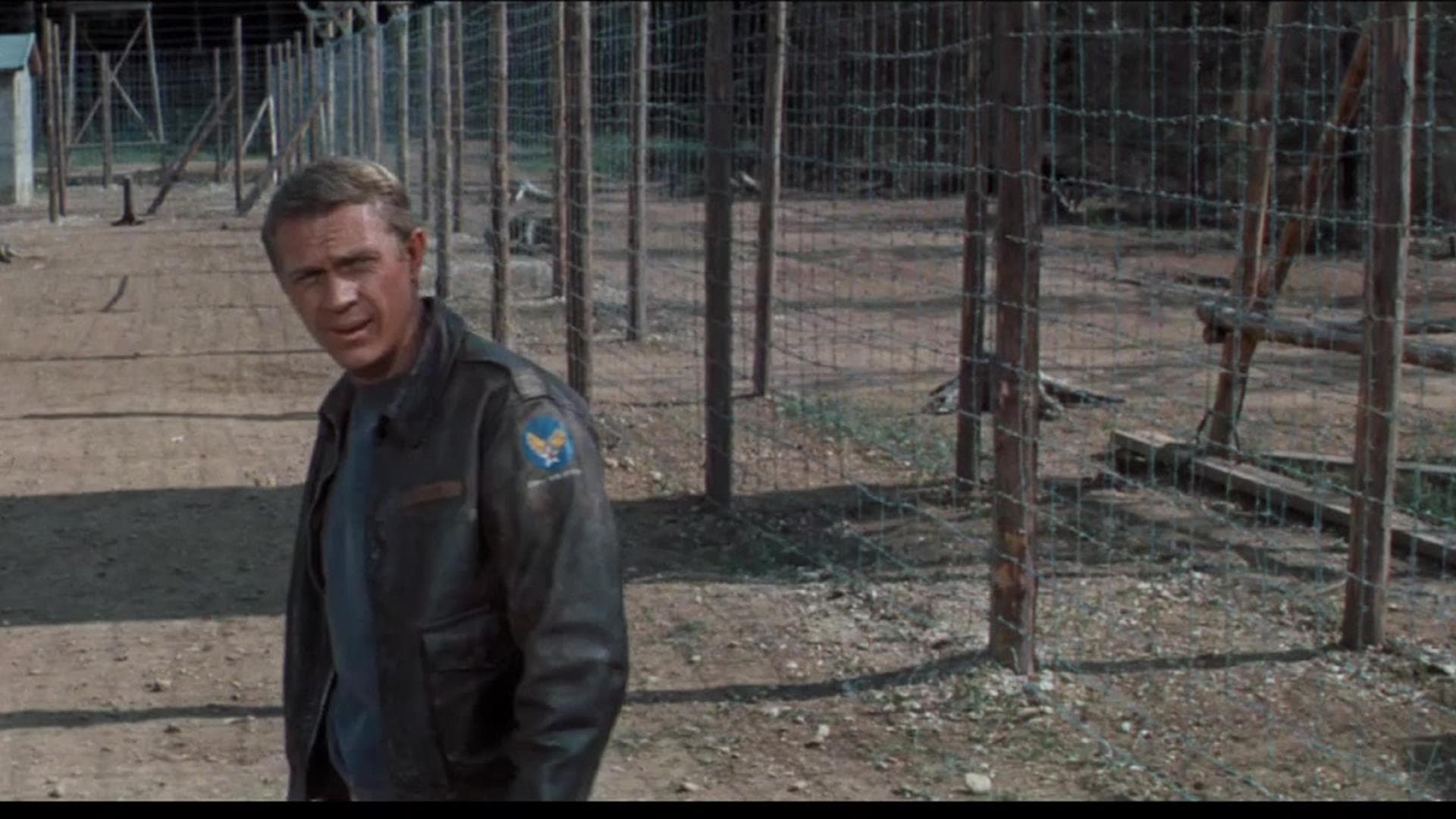
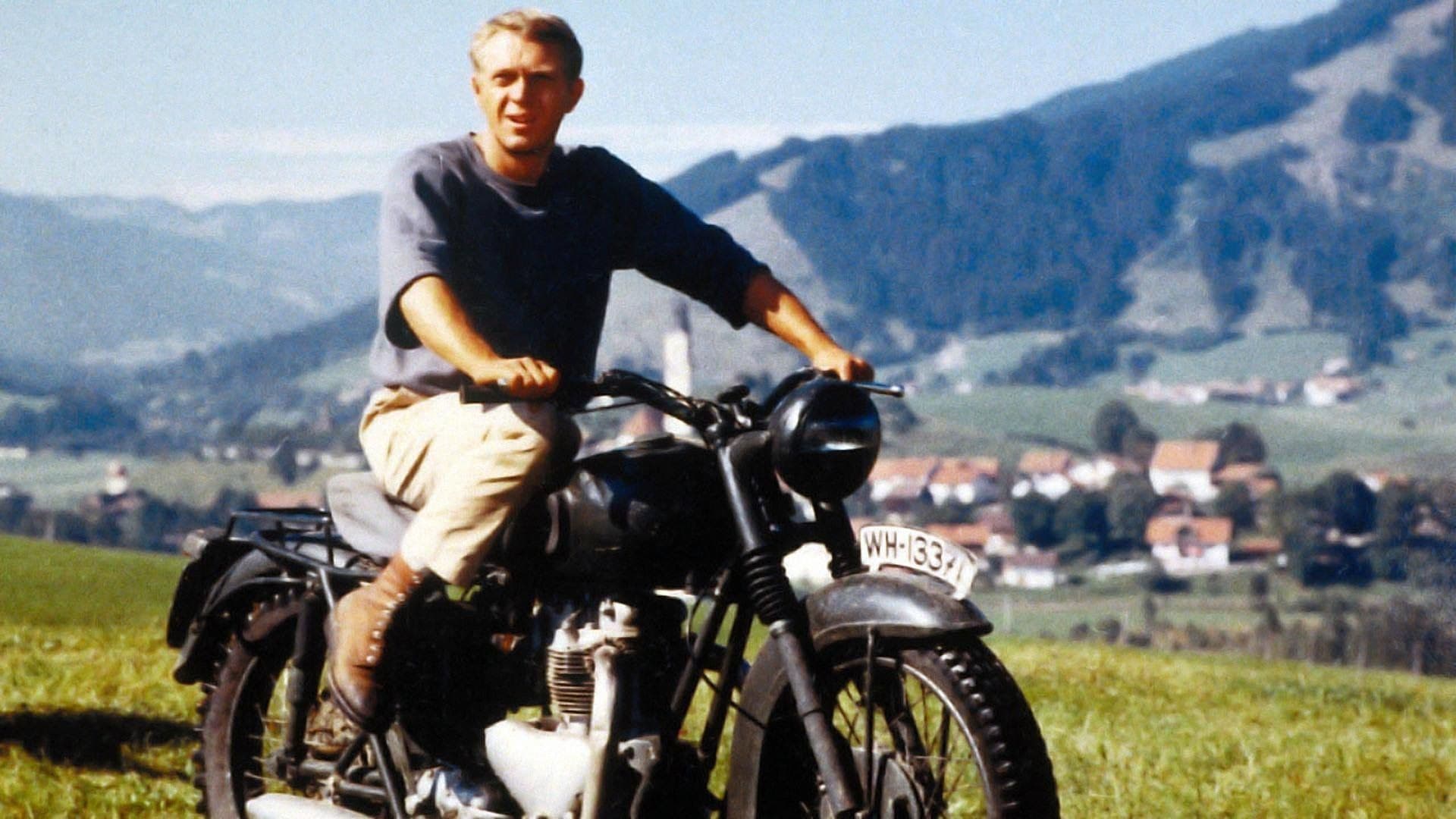
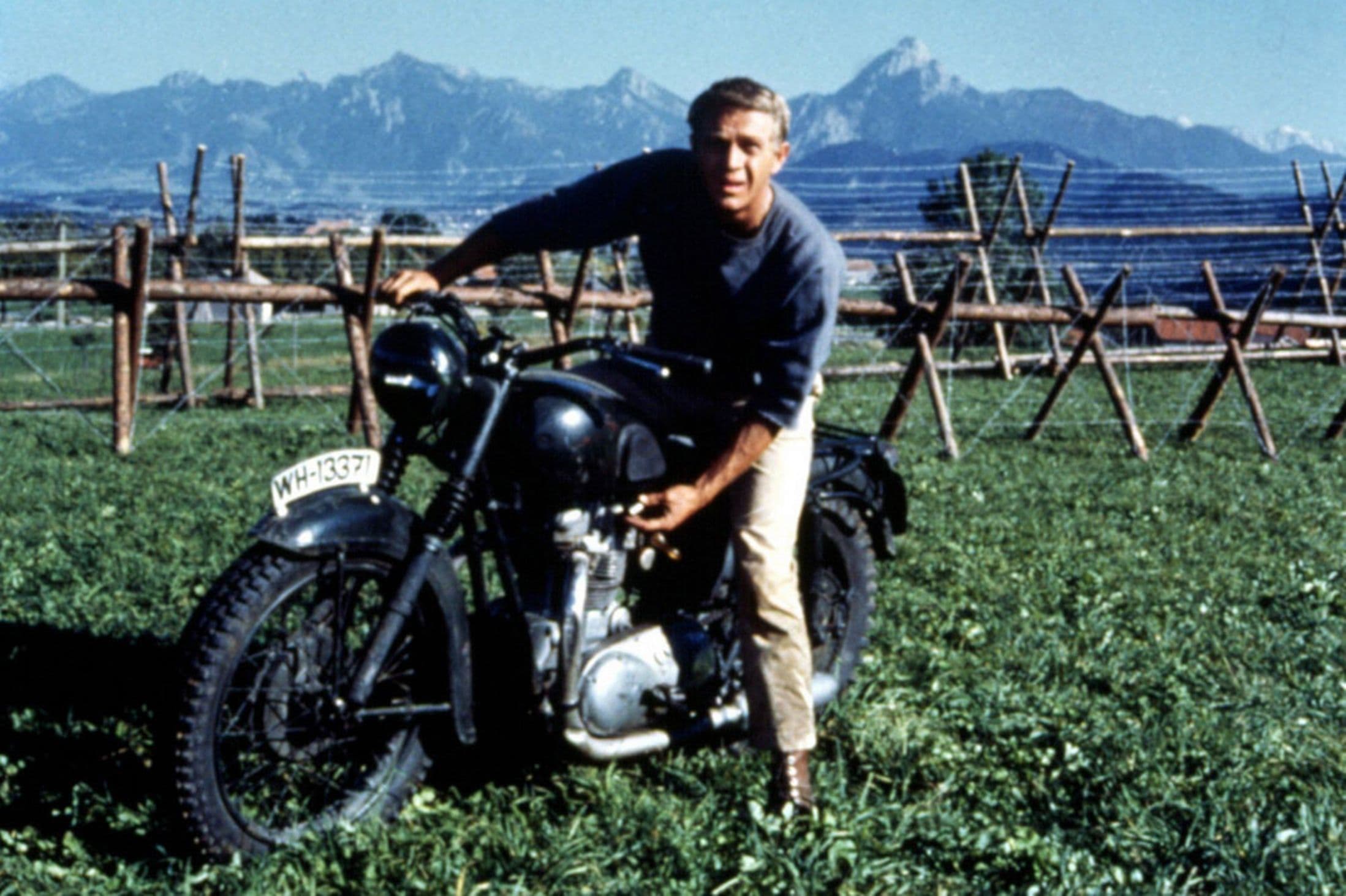
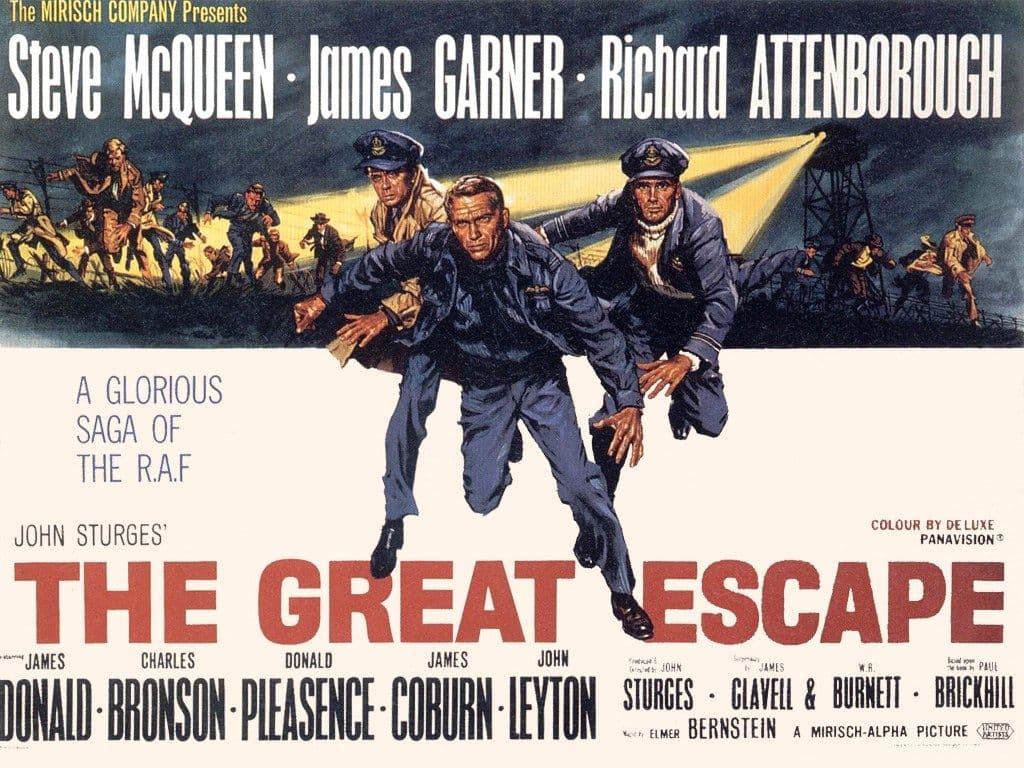
Comments
Loading comments...